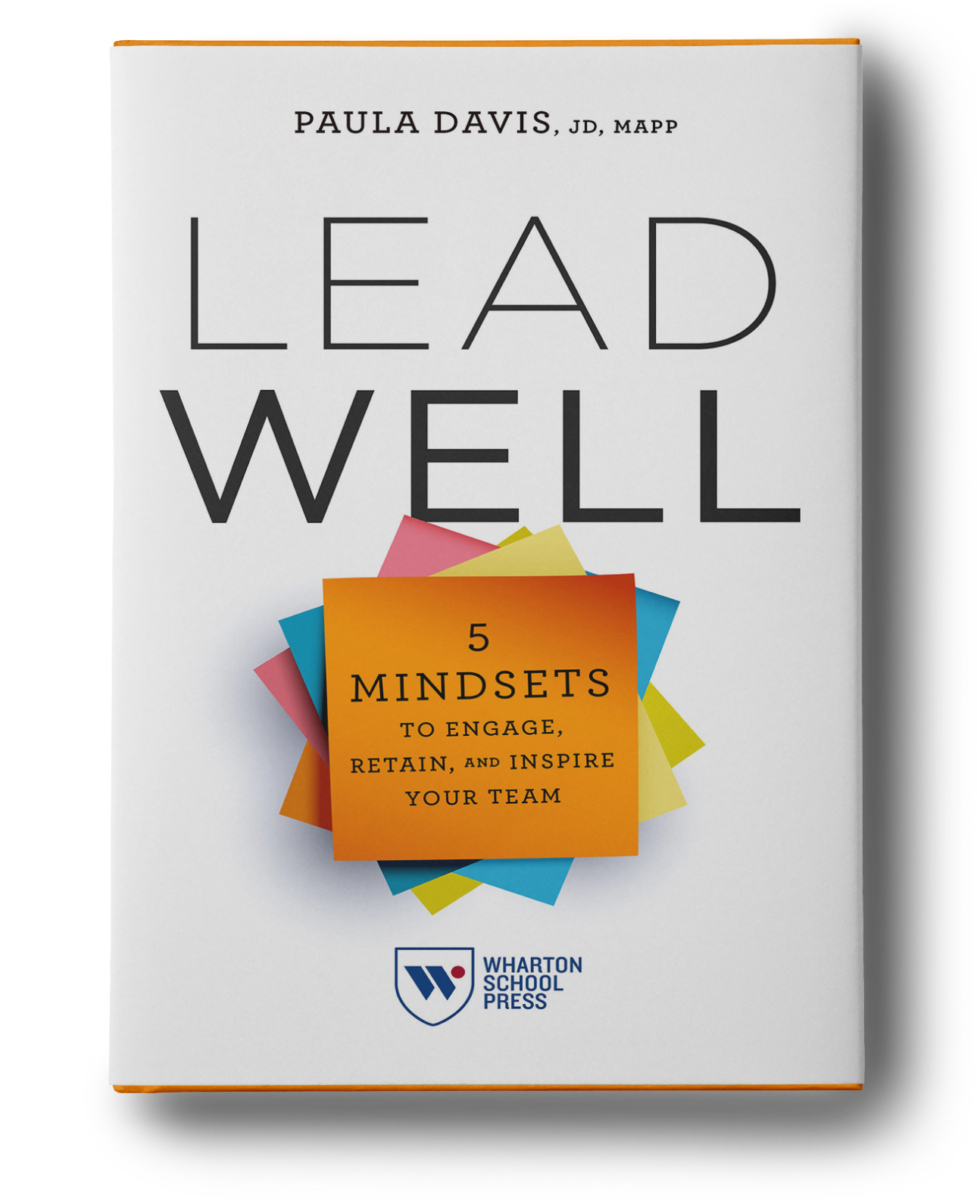By Emilie Donals Lazenby
I love food. I love to shop for it, I love to prepare it, and above all, I love to eat it. Lately however, it seems this process is getting more and more confusing, particularly when it comes to food labels and what to buy. There is 100% organic, organic (95% or more of organic ingredients), natural, all natural, hormone free, cage-free, pasture raised, processed/unprocessed, grass-fed/grain-fed, farm-raised/wild caught, non-GMO, blah blah blah… Is anyone else confused, or is it just me? On top of that, we are bombarded by the latest and greatest diets promoting gluten-free, grain-free, dairy-free, high protein-low carb, vegetarian, vegan, etc. So by my calculations, if I followed the advice of all these diets, I would be left with… Water? Seeking clarity on this issue, I decided to contact four different experts who specialize in evaluating current diet trends and who provide research-based evidence on healthy eating. What were the findings, you ask? Unless you have food allergies or intolerances to certain foods, they all said, “Don’t diet.” Seriously? Seriously. According to research scientists and Registered Dieticians, Dr. Jaleh Depahlevan and Dr. Sarah Rourke from the University of Denver and Clinical Registered Dieticians Kyle Miller and Chelsey Foster from the University of Colorado at Colorado Springs, eat a balance of real foods that work for your body, performance, and health. Okay so, what are real foods? Put simply, if the majority of the food you eat comes from a farm, and not a factory, you are on track. To help debunk some of the food labeling confusion and buy the foods that are going to give you the most bang for your buck, try these four strategies: 1. Buy local if possible. Your best chances for getting the freshest foods are to contact your local farms or buy from farmers markets. Not only are you doing something great for you and your family’s health, but you are also supporting local farmers and small businesses! 2. If you purchase your food from a grocery store, shop the perimeter, and do so on a full stomach. Keep in mind that ALL grocery stores are designed to entice you, and this happens a lot more easily on an empty stomach. The foods that sell best and bring in the most profits are not necessarily the ones that are best for your health. The perimeter of the grocery store contains all your real foods: meats, grains, produce, and dairy. Limit time in the middle aisles as these contain most of your processed foods, apart from frozen fruits and veggies. 3. Read food labels. People who read food labels are, on average, about 10 pounds thinner (Loureiro et al, 2012). Keep in mind that reading labels won’t make you thinner, but the decision you make based on what you read will. My rule of thumb is, if you can’t pronounce it, don’t eat it, or at least limit your consumption of it. Let’s look at one of the biggest food label fables of all, whole wheat bread. Real whole wheat bread should contain the following ingredients: 100% whole-wheat flour, water, honey, yeast, and salt. Instead, most bread sold in grocery stores have a paragraph of ingredients. See for yourself the next time you are shopping for “healthy” wheat bread. 4. Know yourself! Everyone is different, so take note of how you feel after eating different kinds of fruits/veggies, meats, dairy, grains, and even processed foods, then take note again 2-3 hours later. If they work for you, great! But if they don’t, find what does by paying special attention to your mood, focus, and energy levels after meals. Test it out for yourself! For best results, print at least three copies of our Daily Food and Energy Log and record your results here. After at least three days, notice the foods and drinks that give you the most benefit for your particular energy demands, and those that zap your energy. It doesn’t mean that you HAVE TO stop eating those foods, but be aware of the physical and mental side effects if you do choose to consume your “energy zappers,” my term for junk food. Remember, this is not about a diet. What works for one person may not work for you, so focus on how your body responds to various foods and stick with foods that improve mood, focus, and energy levels. Knowledge may not be enough to curb the urge to eat certain foods, but it may counter the subtleties of food marketing and allow you to maneuver through the food jargon and health fads to find the strategies that work for you. (Nestle, 2012). References Nestle, Marion. Why Calories Count: From Science to Politics. Berkeley: University of California Press. 2012. p. 304. Loureiro et al, The effects of nutritional labels on obesity. Agricultural Economics Volume 43, Issue 3, pages 333–342, May 2012]]>Contact Us
How can we help? Let us know today!






